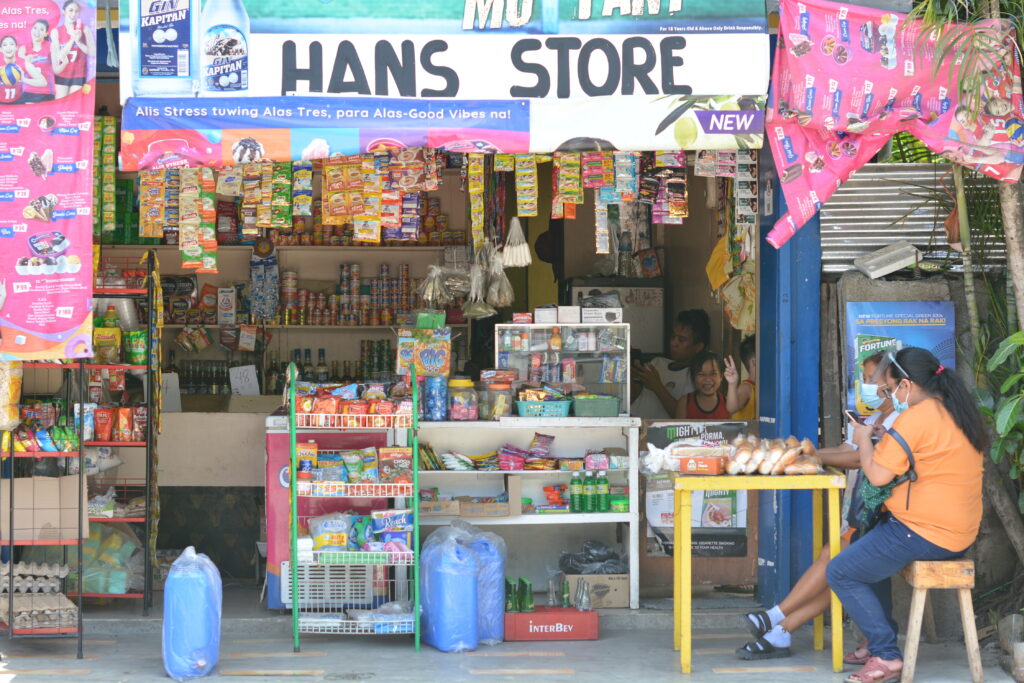
How Tech Innovation is Addressing Food Insecurity
To the uninitiated, the numbers can be shocking – 800 million people around the world facing chronic hunger, more than 150 million of whom are children.
Yet, there is at least one reason for hope – us. Human beings are inherently innovative, and in a technology-driven age, this innovative spirit is increasingly being used in the fight against food insecurity.
So how is technological innovation addressing food insecurity?
Better Farming
Fundamentally, food security starts with the ability to produce food. Yet, food production is an incredibly complex web of information, inputs, and decisions; farmers must constantly be thinking about what, when, where, and how much – every detail matters.
However, new digital technologies are removing some of the complexity from this process, reducing risk and uncertainty, and allowing for more precise food production. These technologies are providing farmers with high-level data on extreme weather patterns, on pests and disease, on soil composition and water availability, even on business and economic trends.
Just look at FarmerLink in the Philippines, a mobile-based advisory service which gives early warning weather data and other farm-specific, localized agricultural information and training to farmers in remote areas, even when they’re offline. Similar services are popping up across the developing and developed world.
Better Food
That people don’t have enough to eat is only one part of food insecurity. 3 billion people globally are suffering from some form of malnutrition, including hunger, but also vitamin and mineral deficiency, and obesity.
People need not only more food, but healthier food.
Here, look to biofortification, the process of breeding critical vitamins and minerals into staple crops, making them healthier, or gene editing, that is, changing DNA sequences to trigger certain proteins, enzymes, metabolites. Look even to the rise of plant-based meat – not only does it have a better nutrition profile than meat, with more proteins and amino acids, but it is more sustainably produced, with 30-90% fewer greenhouse gas emissions.
An Historic Opportunity
Traditionally, the global food system has been defined by asymmetric access, with those in low- and middle-income countries lacking the same access to information, technology, and knowledge as those in more developed nations.
Digital technology is opening this access, creating less expensive solutions which allow for enhanced collaboration and sharing, making information, technology, knowledge, as well as access to new markets, available to more people than ever before.
For those in low- and medium-income countries, this means an historic opportunity. Adopting new food systems technology is a way to leapfrog the unsustainable methods of the Western world, and lead the way into a new, more efficient, more sustainable digital era.
To capitalize on this opportunity, businesses and governments in developing countries must commit to expanding the availability of network coverage and digital solutions, they must invest in high-quality data, and work to strengthen collaboration between local, national, and international stakeholders.
Simply, in the fight against food insecurity, tech innovation in food systems means better farming, and better food.



